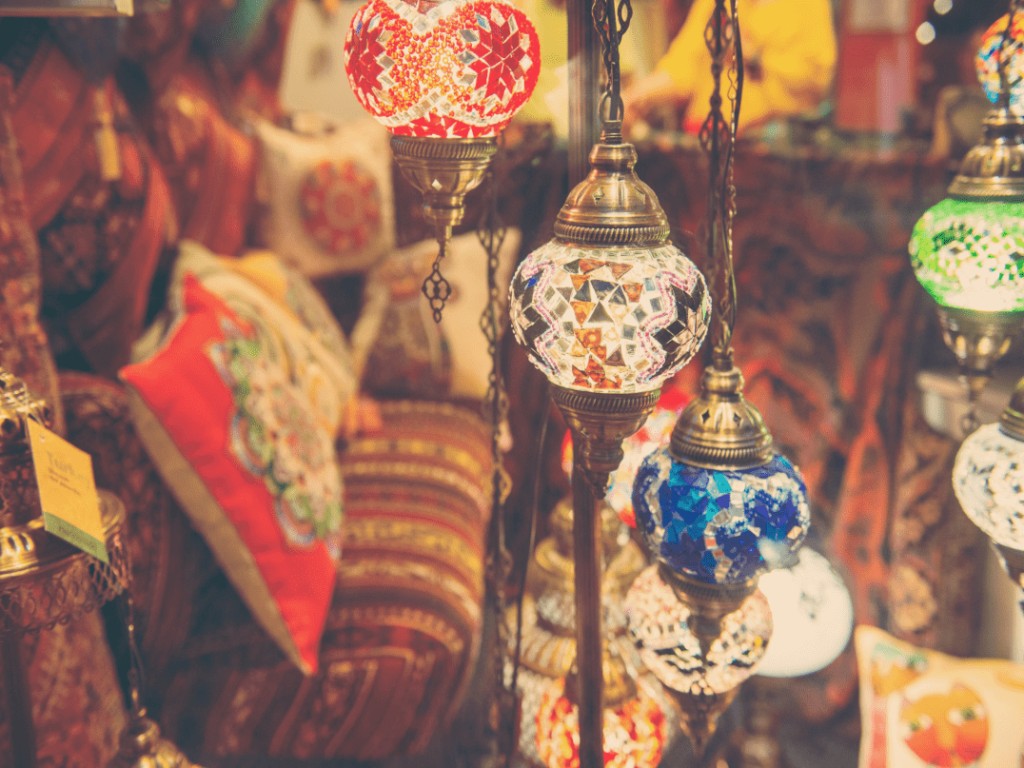Welcome to an exploration of one of the world’s most vibrant and influential civilizations! Arab culture is a fascinating blend of ancient traditions, warm hospitality, and deep-seated values that have shaped societies across the Middle East and North Africa for centuries. Far from a single, monolithic entity, Arabic culture is a diverse tapestry woven from the threads of various regions, dialects, and historical influences. This article will guide you through the core elements of Arabian culture and traditions, helping you understand the rich heritage and unique aspects of Arab traditions.
The Heart of Arab Culture: Hospitality and Family
At the core of Arab culture lies an unwavering commitment to hospitality and the sanctity of family. These are not just social norms; they are fundamental pillars of identity and interaction.
- Generous Hospitality (الضيافة – ad-Diyāfah): Guests are seen as blessings from God. When visiting an Arab home, expect warmth, generous servings of food and drink, and genuine care. This deep-rooted tradition emphasizes making guests feel comfortable and honored.
- Strong Family Bonds (الروابط الأسرية القوية – ar-Rawābiṭ al-ʾUsariyyah al-Qawiyyah): Family, both nuclear and extended, is paramount. Loyalty, respect for elders, and mutual support are central to Arab traditions. Family gatherings are frequent and joyous occasions.
- Respect (الاحترام – al-Iḥtirām): This value permeates all interactions. Showing respect to elders, hosts, and even strangers is a hallmark of Arabic culture. This often manifests in polite language, attentiveness, and deference.
Language and Art: Pillars of Arabic Culture
The Arabic language itself is a cornerstone of Arab culture, and its artistic expressions are deeply revered.
- The Arabic Language (اللغة العربية – al-Lughah al-ʿArabiyyah): More than just a means of communication, Arabic is considered a sacred language due to its connection to the Quran. Its poetic beauty and rich vocabulary are sources of immense pride. Learning Arabic provides a direct gateway to understanding Arabian culture and traditions.
- Calligraphy (الخط العربي – al-Khaṭṭ al-ʿArabī): As you’ve seen in our previous articles, Arabic calligraphy is a highly esteemed art form. Its intricate beauty adorns mosques, books, and public spaces, showcasing the profound reverence for the written word in Arabic culture.
- Poetry (الشعر – ash-Shiʿr): From ancient pre-Islamic odes to modern verses, poetry holds a significant place in Arab culture. It is a powerful medium for expressing emotions, historical events, and philosophical ideas.
Key Arab Traditions and Etiquette
Navigating Arab traditions involves understanding some common customs and etiquette that facilitate smooth social interactions.
- Greetings: Always start with السلام عليكم (As-salāmu ʿalaykum) (“Peace be upon you”). A handshake is common between people of the same gender. Men often wait for women to extend a hand first.
- Dress Modestly: In public spaces, particularly in more conservative areas or religious sites, modest clothing is a sign of respect. This generally means covering shoulders and knees.
- Dining Etiquette:
- Always use your right hand to eat or pass food.
- Wait for your host to invite you to eat.
- It is polite to accept second servings as a sign of appreciation for the host’s generosity.
- Taking Off Shoes: When entering a home, it is customary to remove your shoes, especially if the host does so.
- Giving and Receiving: Always use your right hand when giving or receiving items.
Modernity and Continuity: Arabian Culture and Traditions Today
While deeply rooted in history, Arabian culture and traditions are not static. They continually evolve, blending age-old customs with modern influences. Today, you see bustling metropolises alongside ancient historical sites, reflecting a dynamic balance. The core values of family, hospitality, and respect remain strong, even as societies adapt to a rapidly changing world. This adaptability is one of the most remarkable aspects of Arab culture.
Experience Arab Culture with Kaleela
Understanding Arab culture enriches your language learning journey immensely. It provides context, meaning, and a deeper appreciation for the people and the language. By learning Arabic and engaging with its cultural nuances, you unlock a fascinating world of human connection and tradition.
Ready to immerse yourself further in the Arabic culture? Visit www.kaleela.com and download the Kaleela Arabic learning app today! Our comprehensive lessons seamlessly integrate language learning with essential cultural insights, helping you truly understand and appreciate the richness of Arab traditions.



